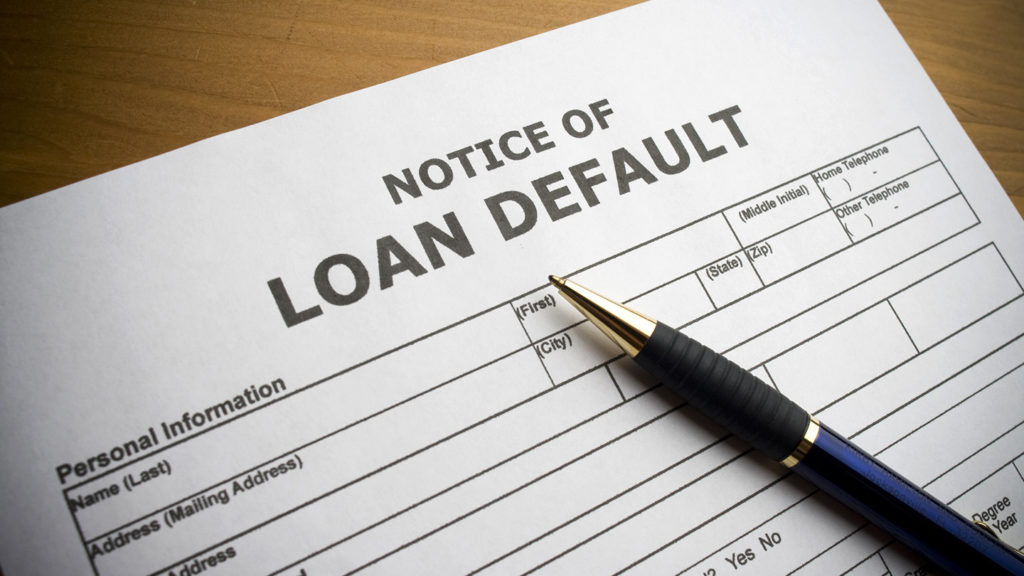
The probability of default across most U.S. business sectors increased in the first quarter, but the healthcare sector — including senior living — is projecting the highest probable default rate, according to a new report from S&P Global Intelligence.
Staffing shortages and pandemic fears stressed the healthcare sector, which also was one of the leading industries with bankruptcies so far in 2022, S&P Global Market Intelligence data show.
Industry in distress
Looking at trends in bankruptcy filings in Florida, Tampa-based attorney Scott Underwood of Underwood Murray said his firm is definitely seeing more distress in senior living and care — including assisted living, memory care and some nursing homes — since the onset of the pandemic.
“While healthcare was always a bit of a volatile industry, it seems that particular sector has really taken a hit for a while due to various reasons, including a large census drop,” Underwood told McKnight’s Senior Living.
Although the nature of the industry is such that it will bounce back thanks to a growing population of older adults, Underwood said the long-term care industry is experiencing a “real cash flow problem.”
Underwood — who has represented operators, property owners and creditors — said senior living and care operators appear to be experiencing more stress than businesses in other sectors, as evidenced by the number of facilities he’s seen in Florida court receiverships, bankruptcies or contemplated bankruptcies.
“These aren’t solutionless cases, most of them, but they seem to be an area that’s increasing,” Underwood said.
A previous Polsinelli-TrBK Distress Indices report from the Polsinelli law firm noted that senior living-focused organizations, independent and assisted living communities, and skilled nursing facilities made up a significant portion of healthcare bankruptcy filings in the fourth quarter of 2021.
Stimulus impact
Underwood said the majority of senior living and care communities experiencing distress were operating at the margin or “maybe struggling a bit, but making it work” prior to the pandemic. The Paycheck Protection Program, Provider Relief Funds and other stimulus programs, he said, were “very effective in keeping businesses alive for a period of time.”
“If you got PPP money to pay employees or rent, and landlords or lenders were cooperative in the early first stages of COVID, you could survive even if you didn’t have cash flow,” Underwood said. “This industry is still struggling to get back on its feet.”
BDO noted in its 2022 Healthcare CFO Survey, which included long-term care organizations, that many healthcare organizations will continue struggling to meet their bond covenant obligations given the increased cost of supplies, staffing challenges and the risk of supply chain disruption.
“The short-term security of access to government funds may have actually worsened the financial health of many organizations,” BDO Center for Healthcare Excellence & Innovation National Leader Steven Shill stated in the report.
Default ahead
The BDO survey of 100 healthcare chief financial officers — including long-term care industry executives — revealed that 42% of organizations defaulted on bond or loan covenants in the past 12 months. And 25% said that although they had not yet defaulted, they were concerned about defaulting in the next year.
According to the BDO report, long-term / post-acute care and home health organizations struggled the most to meet their debt and / or loan covenants in the past year, with 50% reporting that they defaulted on bond or loan covenants. The report authors noted that those sectors experienced “outsized repercussions” of the pandemic, with long-term care facilities in particular seeing large numbers of residents leave during the pandemic and not return, compounding financial difficulties for providers.
According to the S&P report, the healthcare sector showed the highest probability of default, at 4.4% — up from 3.3% on Dec. 31. Communication services had the second highest default probability score, at 3.4% — up from 2.1% in the fourth quarter of 2021.
Staffing shortages and pandemic fears stressed the healthcare sector, which also was one of the leading industries with bankruptcies so far in 2022, according to S&P.
Healthcare industries topped the list of most vulnerable U.S. industries, with the highest default probability scores in the first quarter. Healthcare facilities were No. 1, with a default probability score of 9.15% (up from 6.2% in the fourth quarter of 2021), according to the S&P report.
Open dialogue
Underwood said his best advice for any business owner or lender sensing a problem with an operator is to get ahead of it as early as possible through open dialogue — and involve counsel if it’s a distress situation.
“Far too often, businesses call us at a point where they’ve hit such dire straits, or money has been seized from the bank, or cash is so limited [that] they have far [fewer] options than had [had] they contacted us 60 to 90 days earlier,” Underwood said. “Even if they didn’t file any formal proceedings, had they engaged in a realistic consideration of options earlier, they would have been in a better position if bankruptcy or similar proceedings are necessary.”




